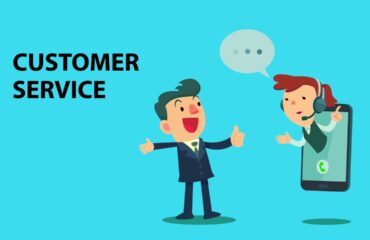
I am curious about any product packaging that I lay my hands on…I take a toothpaste box cover and the packaging has so much information…
It is covered entirely with product, manufacturer and all kinds of information, some of which are mandated by the rules of the land and some of which are specifying product details and so on.. The case is the same with any product, whether it is a shampoo, a packaged fruit drink or the outer package of a medicine bottle…
However, do we even read any of the material that is there? At times, we check on the manufacture date or the expiry date particularly in the case of perishable products and medicines. Also, mostly even if we want to read, there is so much information cramped on to the packaging that the letters are too small for you to even read…
So, what would be a better way…or how could we use the technological changes today to communicate information on packaging more effectively.
Let’s start with packaging..
Over the years all marketers have considered packaging as one of the key elements of any product marketing…It has been over the years been used to not only safely cover the product but also to make they stand out and to build their own unique positions in the market place.
Packaging also has to be visually attractive, useful and well thought out for the consumer. Packaging is important in everyday life to protect our food from the external environment and particularly to inform consumers about the product. But with products and shelf spaces becoming smaller and smaller it is becoming increasingly difficult to use packaging as a key differentiator …so enter connected packaging..
So what is connected packaging, interactive packaging or active packaging?
Intelligent packaging uses sensors to send and receive information between the package and the consumer. RFID (radio-frequency identification) sensors can communicate information over distances and NFC (near field communication) sensors allow wireless short-range communications.
Active packaging uses advanced forms of barcodes that allow customers to engage with content controlled by the brand.
Many forms of active packaging can digitally activate any visual content, including shelf labels, P-O-P displays, posters, books, magazine ads, TV ads, and digital signage. The imperceptible codes are applied directly into the images during the design stage. When a connected package is activated on your smartphone, you might see a video, music, game, contest-landing page, or a properly translated version of a multilingual package insert. Alternatively, these days, the connected package could trigger an augmented reality experience.
Am sure we have all seen barcodes present in boxes being used to speed up the billing process in all super markets. The bar scanner scans the bar code on the product and the related product and billing information required of the product gets instantly transferred onto the system used by the retailer making the billing process very much more faster.
So bar code is probably the first type of connected packaging. QR is short for Quick Response code – that can be read quickly by a cell phone. To scan a QR Code, you first need to have a scanner app on your smartphone. … When you have installed one, start the application and keep the camera of your smartphone over the QR Code to scan it. If the Code is readable, the encoded address or action will be accessed automatically.
There is something additional in connected packaging called the GS1US Mobile scan.
GS1 US Mobile scan takes the barcode and the power of product identification to a whole new level. … It combines the unique product identification of the Global Trade Item Number® (GTIN®) with the power of a digital experience.
Here unlike the barcode or the QR code the code is digitally printed onto the packaging and is not even visible to the humans. The moment you point your mobile at the product name the concerned code is read from your mobile and takes the user to wherever the product manufacturer wants to take them including maybe and augmented reality or a virtual reality experience, which could say help you to see how a particular furniture would look in your living room.
In this era of a connected world, companies should look at connected packaging as an opportunity to think beyond traditional product promotions, merge products physical and digital properties and whet the growing appetite of consumers for knowledge before buying a particular product.
Gartner research and advisory company predicts the number of connected products will increase from 5.2 billion today to 20.4 billion by 2020. Smithers Pira predicts the intelligent package market will grow to more than $7.8 billion by 2021.
Connected packaging is already here, marketers get on the bandwagon or get left behind…if you are a consumer, next time you pick up a product, be ready to experience the story behind the product through your smartphone…



